A couple of weeks ago I sat down with Professor Karen Schlimp to talk about teaching creativity. Karen is an extremely experienced improvisation teacher with an enormous amount of knowledge and practical experience to share. Over the next days I’ll be posting some of her insights.
Here, Karen explains how the language teachers use can have a powerful effect on students’ mindset. If we use the wrong vocabulary—“right” and/or “wrong”—we inhibit our students’ creativity. If, on the other hand, we encourage our students to listen and consider what effect what they play will have on the listener, then we empower them to make their own creative decisions.
There is a transcription at the bottom of the post.
Karen Schlimp is a Professor at the Anton Bruckner Privat University in Linz, and a Lecturer for Ensembles and Improvisation at the Music University in Salzburg and Vienna. She is also the author, with Peter Jarchow, of Impromosaik: das verrückte Klappbuch mit unbegrentzen Ideen zum Improvisieren (“the crazy folding book with unlimited ideas for improvisation”), published by Breitkopf & Härtel, and Klangwege: Improvisation anregen — lernen — unterrichten, (“Soundpaths: stimulating improvisation — learning — teaching”) published by Lit Verlag.
Transcription
Garreth: [00:00:00] The language thing is really powerful, isn't it? When you use the words right and wrong, it could create a fear. But when you say, is that an interesting sound? It's quite exciting for kids, isn't it?
Karen: Yeah, yeah. Because right or wrong, we are so much in the school system that a teacher asks this question and the students need to know what does he want to hear.
But in music, if you want to become creative, you don't need to have "right" or "wrong", you can say, okay, it can sound like this, or it can sound like this and every, every way I play it has different effect on the listener.
I think what is important to know what we are doing— knowing means also in a intuitive way, okay, "it's a tension chord" or "this is a no tension chord."
And so that we can really use it in the way we want to do it. Or if it's happening randomly, that we know what to do afterwards. [00:01:00] Like this famous quotation from Miles Davis, "if you hit the wrong note, it's the next that makes it good or bad", but it's not a "wrong" note. It's maybe a dissonant note, or it's a note which is not fitting in the style.
I always bring this example from chords when you use an F sharp in G major in Baroque music it's fine. If you use a natural F then you get this special jazz chord where you can use F sharp and not and natural F
Garreth: mm.
Karen: So it's depending on the style. It's like if you use foreign language words in one language, it's fitting in another language you don't understand.
Garreth: Yeah, that's so true.
Karen: It's always the question of the frame or the style or the genre, where you say "it fits" or "not fitting", but it's not "right" or "wrong". It's a kind of reframing. And it's also reframing thinking.


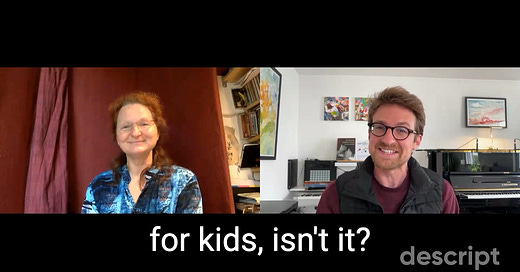




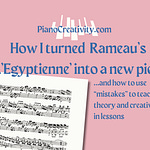
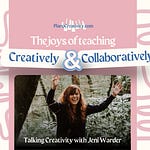


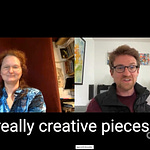
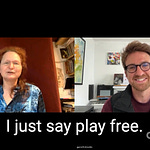
Share this post